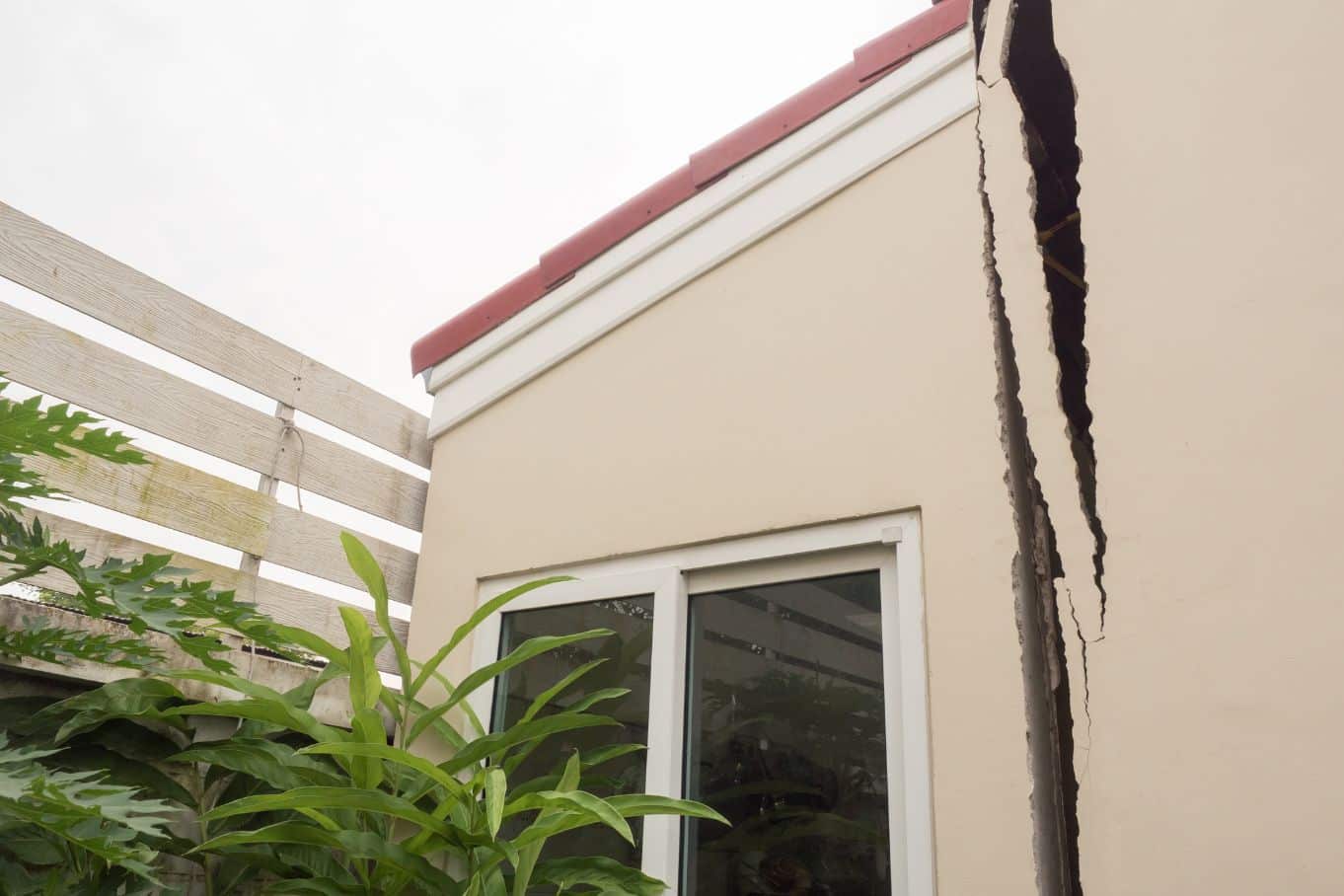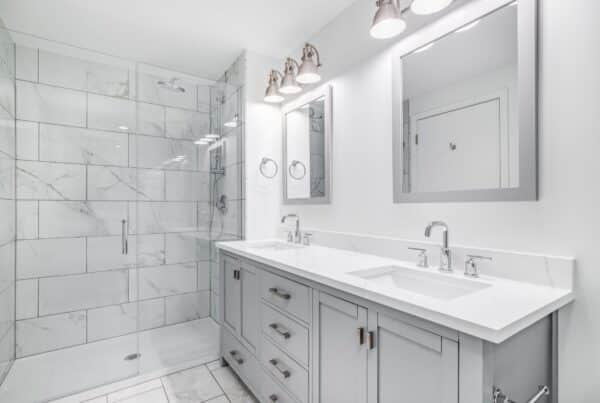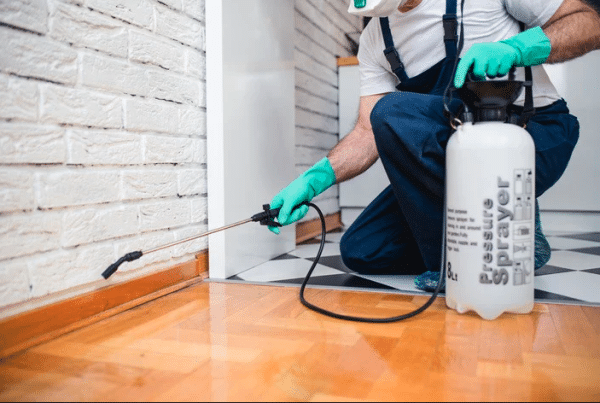Rentals are a lucrative investment, but the specter of property damage often looms large. For landlords, property managers, and real estate investors, understanding how to tackle damages in a rental is crucial to maintaining profitability and tenant satisfaction. From the initial identification of a problem to the final resolution, navigating the waters of property damage is complex yet rewarding when handled efficiently. We take a look at how to address property damages in a rental so that your investment remains valuable and livable.
Understanding the Nature of Property Damages
Property damage comes in various forms, from minor wear and tear to significant structural issues. What’s essential is to recognize that no damage is too small to ignore. You can prevent small issues from turning into costly repairs with proper vigilance. These efforts also help you keep your rental property in great shape, not only for your tenants but for your own peace of mind.
When identifying damage, prompt intervention is key. Ignoring a problem leads to further deterioration and, in turn, more significant expenses. In the world of property management, out of sight should never mean out of mind.
Navigating the Resolution Process
Effective resolution involves several phases. It begins with conducting regular inspections to detect issues early. Documentation is a landlord’s best friend—snap photos, file reports, and keep a detailed record of everything. These steps are crucial should you need to recoup costs from a tenant’s security deposit.
Communication with tenants about property care responsibilities is also paramount. Tenants who understand the need for home maintenance are more likely to alert you to issues promptly.
Proactive Prevention Is the Best Policy
Routine maintenance is not just about fixing what’s broken; it’s about preventing issues from arising. Simple measures such as cleaning gutters, scheduling HVAC servicing, and updating appliances can save you from costly repairs as time goes on. Educate tenants on their role in the prevention strategy and inform them of the updates before they occur.
You might also consider the value of whole room remodels and how this will not only increase your property’s value but address existing damage or serve as prevention. When amenities are new, this gives the tenants the idea that they must take better care of the space. The kitchen and the bathroom experience the most wear in a rental, so consider remodeling these rooms for upkeep and prevention.
Legal Safeguards and Lease Agreements
Understanding the law and ensuring your lease agreements are clear and comprehensive is critical. Familiarize yourself with landlord-tenant regulations in your area. Your lease should detail the tenant’s responsibilities and outline the protocol for reporting and addressing damages.
A proactive, informed, and strategic approach is essential when addressing property damage in a rental. Act promptly, engage tenants, and stay within legal bounds to safeguard your investment. Remember, addressing damages is not just about fixing what’s broken; it’s about cultivating a harmonious and sustainable rental environment.




